Navigating B2B Sales in Telecom’s ‘New Normal’
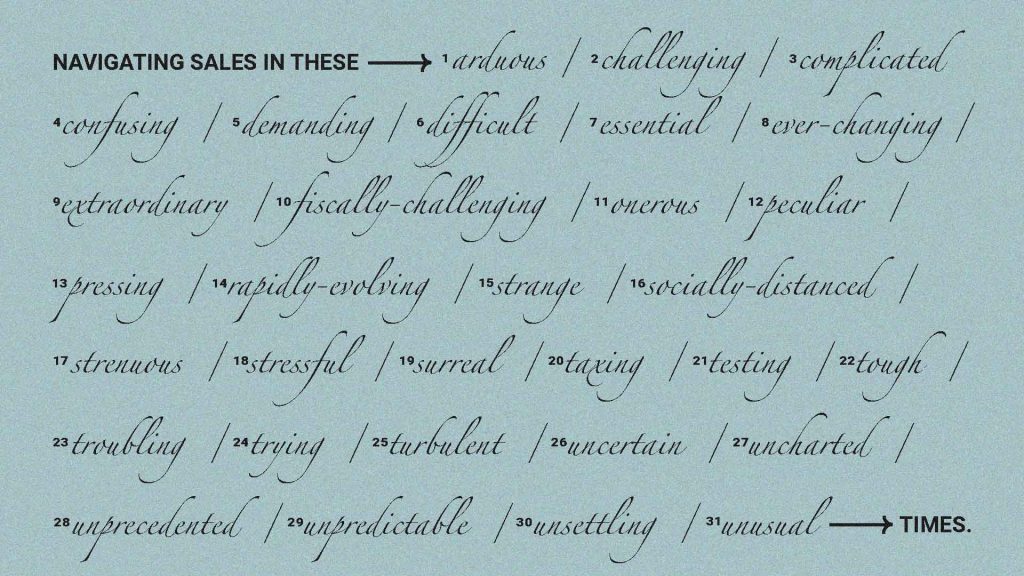
Though hope for the end of COVID-19 may just be around the corner, emerging digital trends in B2B sales show that the new norm in virtual selling is here to stay. Moreover, companies using advanced communication, billing and intelligence tools to unlock the potential of their data are currently top-performers on the market.
The New—Sales—Normal
It seems like only yesterday companies prioritized networking-events, in-person demos and miscellaneous business travel to enable face-to-face interactions for networking, building rapport and landing the sale. At the time, even Harvard Business Review reported a 95% consensus that face-to-face meetings were essential to building long term business relationships—but that was all before COVID-19.
Where, as we’re all familiar, early stages of the pandemic has forced most B2B seller interactions to make the shift from the traditional approach to remote or digital—yet little did we know it was exactly what customers wanted.
“Both B2B buyers and sellers prefer the new digital reality.”
An October 2020 McKinsey survey uncovered, 70-80% of B2B decision makers prefer remote human interactions or digital self-service over traditional face-to-face meetings.
Why? Safety for one—while mitigating costly travel expenses and the ease of scheduling proved to be major drivers as well, the real shift in convincing decision makers that digital is the way to go was a 180° switch to a more favorable buyer-focus, which accompanied the new sales process.
As hard as it is to believe, research from CSO Insights found that only 27% of B2B buyers believed that vendor representatives were truly knowledgeable about the buyer’s specific business and only 8% of vendor representatives were focused on driving valuable end results for the buyer.
So where have the remaining 92% of vendor representatives gone wrong?
The buyer-seller disconnect stems from the thought of who actually receives the most value from face-to-face meetings, and who tends to get more value from a digital buyer journey. Consider the sales representatives that set up meetings without knowledge of the buyer’s needs, forcing the buyer to sacrifice time and information with the hope of gaining value later. It’s the difference between designating a sales process that works for the seller, and one that genuinely putting the buyer first.
Digital journeys are self-directed, and buyers expect and need to use their time more efficiently. They make time for encounters with sales only when it makes sense to them, and only when there’s already a clear sense of the value that will bring. They’re discovering that this adds up to an experience of sales that works far better for them.
What does this mean for the seller? In a completely digital B2B sales process sellers are challenged to understand their customer’s needs, provide buyers with an informed perspective and add value in post-sale success beyond simply facilitating transactions—or else run the risk of becoming obsolete.
Developing a Buyer-First Mentality for Telecom
Even with the COVID-19 interference, selling communication services to businesses has become an increasingly demanding task. Though throughout the pivot to digital selling, we’ve seen Telecom’s B2B sales representatives adopt and embed a buyer-first approach—and thriving as a result.
Such a relationship is invaluable – and the key to profitable growth.
The sales representatives that are succeeding have not only recognized the shift in buyer expectations but are building the digital capability to execute on that understanding. They’ve invested the money saved on travel, in-person events and meetings in sales technology – and they’re also investing the time saved in coaching and embedding a new type of sales methodology. They’re not interested in escaping back to the past, but building s buyer-first future.
Discover the Tool to Get You There: The B2B Tariff Advisor
With a comprehensive integration of customer data, pricing portfolios, and sales proposition rules, the B2B Tariff Advisor allows all parties to make informed decisions and ultimately build trust between the operator and their B2B customer.
Here’s how:
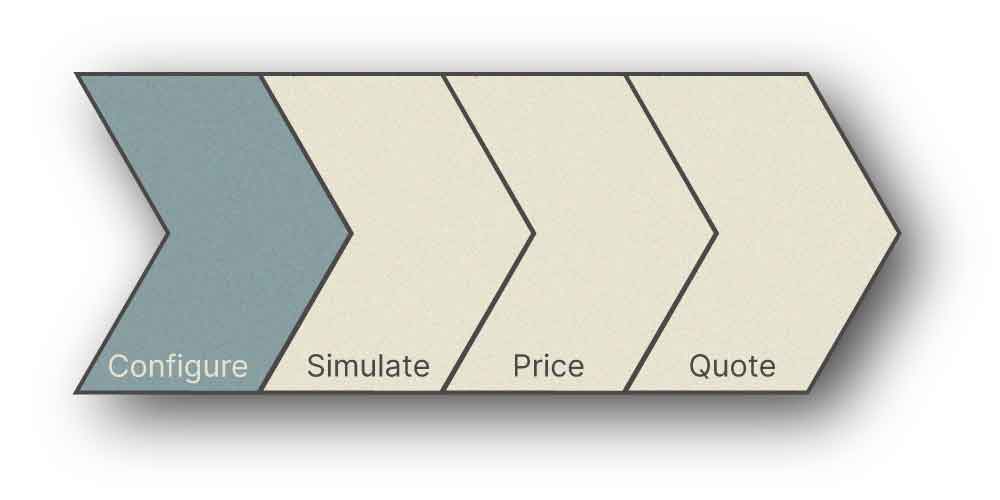
Configure: Take control of your complex portfolio of business products and consumer offers with a single source of tariff intelligence for a consistent and effective buyers process.
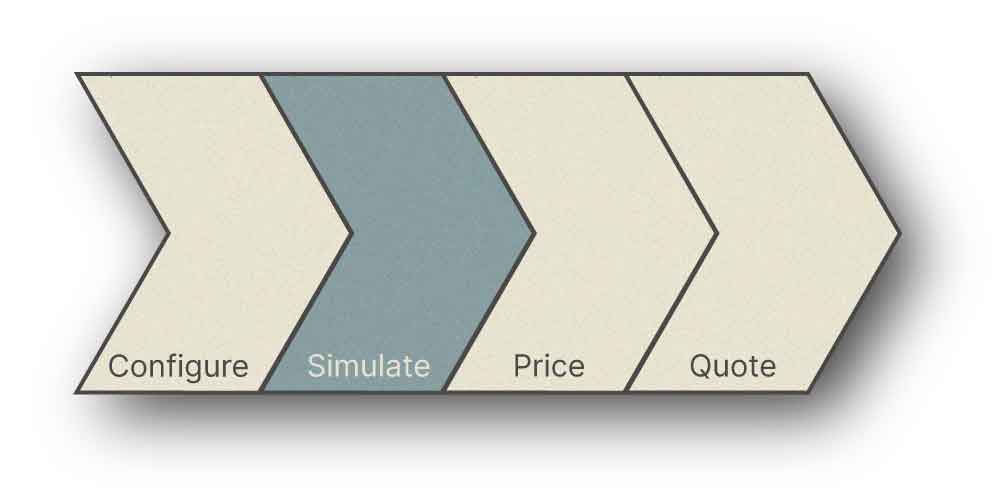
Simulate: Whether it’s an acquisition or a retention strategy, simulations takes data on new and existing clients and turns it into valuable insight on your customer’s needs.
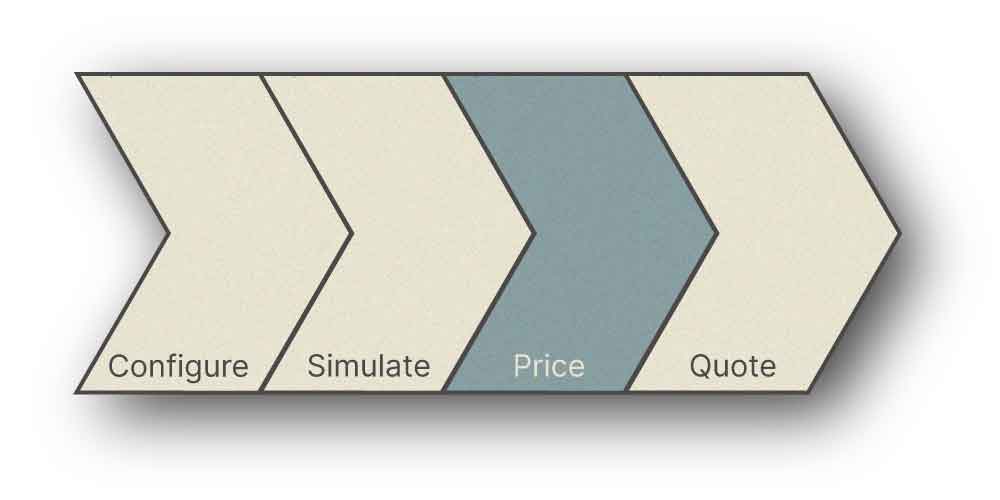
Price: Deal scoring and discounting controls can either help identify the highest possible price that will result in a sale—or the most optimal one to win back the customer.
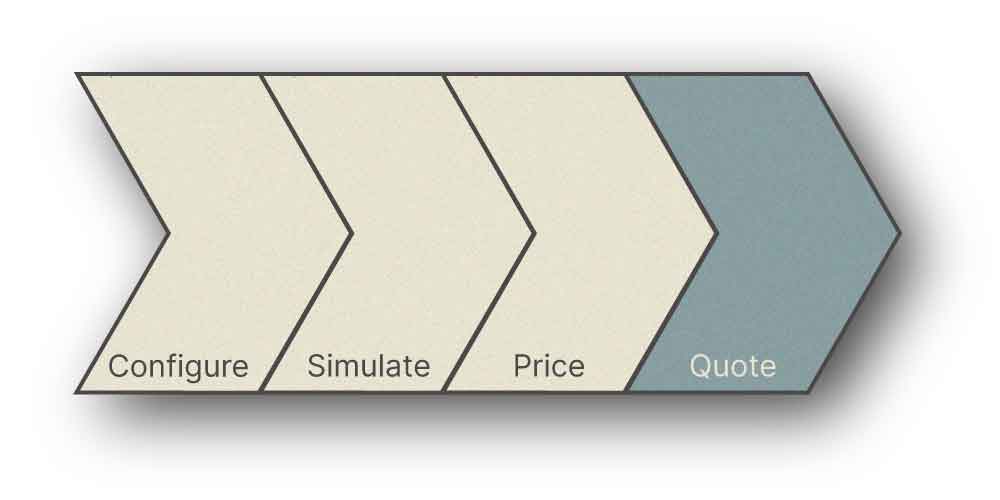
Quote: Quotes are generated with a click and share in-depth knowledge of customer usage behavior on a granular, contract-by-contact level, educating the buyer with perspective on their purchase.
Interested? Read more about the B2B Tariff Advisor or reach out to talk to one of our experts.
